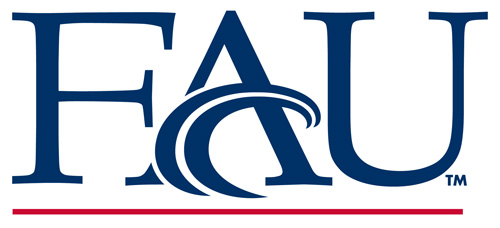Overview:
All organisms deal with some aspect of uncertainty in their environment. However, this uncertainty is magnified in fluctuating or unpredictable environments, causing organisms to evolve flexible life history traits or behavioral strategies in order to survive. I am using the Florida Everglades as a model of an unpredictable system due to varying rainfall and resource availability. I am exploring changes in resource (aquatic prey) allocation and quality, and predatory (wading bird) behavior as a function of hydrologic change.
Project 1: Landscape Prey Availability
My first study uses an information-theoretic approach to determine hydrologic factors and landscape features that generate high prey concentrations across the Everglades. Recent research has generated the first look at factors generating high prey concentrations in localized pools across the Everglades region. Whereas this has expanded our knowledge of environmental functions and trends, it is difficult to manage a large area, such as the Everglades, on such a small scale. My study will provide a second look at the factors generating high prey concentrations, but at the scale of the landscape unit. This information will give natural resource managers further tools on how management plans will affect wading bird prey within a manageable unit.
Project 2: Prey Body Condition
I will then use an information-theoretic approach to determine the hydrologic and nutrient factors that generate prey with high body condition. Previous studies have addressed the concentrations of aquatic prey species and the environmental factors that make them available to predatory wading birds, however high prey concentrations are not experienced every year. An alternate route to meeting high caloric demands during the nesting season could be through fewer prey species with higher body condition. However, body condition may be affected by different processes than those that aggregate prey, and those processes may affect individual species and species guilds differently. My study will parse out the processes generating high prey body condition from high prey concentrations, allowing natural resource managers alternate venues in which to support wading bird nesting colonies.
Project 3: Wading Bird Prey Selection
Lastly, I am using the Chesson’s index to determine wading bird prey selection as a function of hydrologic change. Several studies have addressed factors generating optimal wading bird foraging habitat. However, little is known about the exact prey wading birds are extracting from their environment, and how prey selection may change throughout a breeding season and with hydrological variation. This information gap is remarkable given that so much of the Comprehensive Everglades Restoration Plan (CERP) wading bird work rests on assumptions of prey choice and foraging habitat. By analyzing bolus contents (stomach regurgitations), my study will link wading bird prey selection and hydrology, providing another tool for natural resource managers to assess the effects of water management on the quality and types of wading bird prey available in the landscape. Such management practices have substantial effects on reproductive success of wading birds in Florida.
Preliminary Results:
I conducted a pilot study of wading bird prey selection by collecting boluses (stomach regurgitations) of Tricolored Heron and Snowy Egret nestlings in 2012. Preliminary results suggest that both bird species select for larger prey than generally available in the landscape and avoid small prey items (Figure 2). Common prey species tended to be fish species with larger body sizes. Selection of large prey items increased after a rain event on April 28th and 29th increased water levels above those ideal for foraging.

